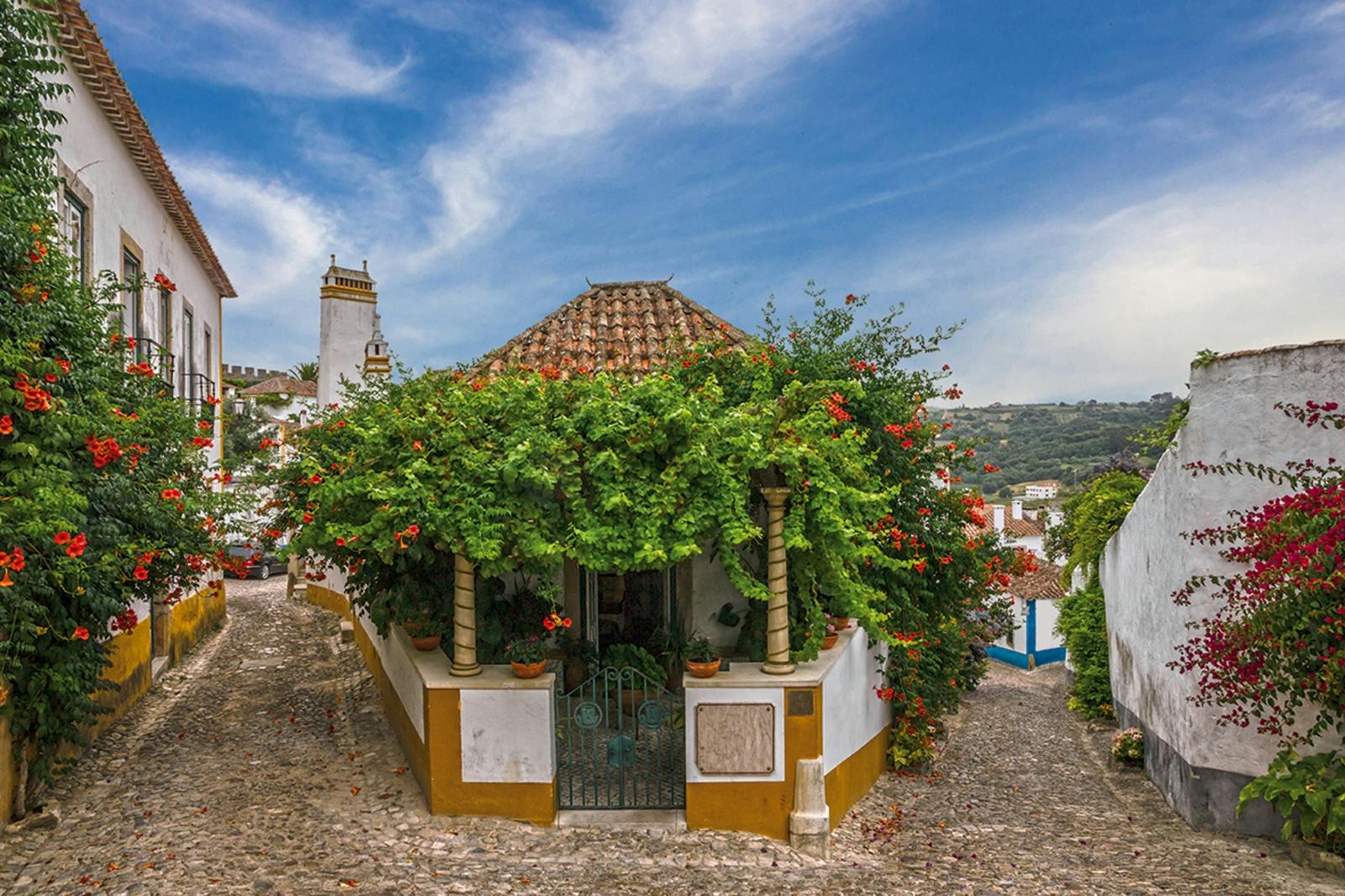-
-
USD - United States (US) dollar
- EUR - Euro
- GBP - Pound sterling
- CAD - Canadian dollar
- AUD - Australian dollar
- SGD - Singapore dollar
- AED - United Arab Emirates dirham
- BRL - Brazilian real
- ARS - Argentine peso
- MXN - Mexican peso
- COP - Colombian peso
- SAR - Saudi riyal
- OMR - Omani rial
- KWD - Kuwaiti dinar
- JOD - Jordanian dinar
- EGP - Egyptian pound
- INR - Indian rupee
- RUB - Russian ruble
- DKK - Danish krone
- NZD - New Zealand dollar
- HKD - Hong Kong dollar
- CLP - Chilean peso
- QAR - Qatari riyal
- BHD - Bahraini dinar
- ILS - Israeli new shekel
- MYR - Malaysian ringgit
- UAH - Ukrainian hryvnia
- KZT - Kazakhstani tenge
- RON - Romanian leu
- SEK - Swedish krona
-
USD - United States (US) dollar
- Cart
- FAQ
- Login

Óbidos audio-guided tour from Lisbon
Validity:
Flexible
Do this because
- Discover Alcobaça, the city home to the Monastery of Alcobaça a UNESCO site
- Free time to taste the "heaven" sweets of Alcobaça
- Discover Óbidos during an autonomous audio-guided tour
- See the harmony of the architecture of the houses and churches
- Taste the liquor “ginjinha” and the delicious regional fruits
What to expect
The visit begins in Lisbon, from where you'll head towards Alcobaça, a city home to the Monastery of Alcobaça, known as the Royal Monastery of Santa Maria de Alcobaça designated as a UNESCO World Heritage site in 1989. The construction of the Monastery began in 1178, by order of King D. Afonso Henriques, and the monks occupies it in 1223. It is one of the largest and best-preerved complexes of the Cistercian Order. King D. Pedro chose the church of the monastery as the burial site for himself and his beloved, Inês de Castro, whose tombs can be visited.
You will then proceed to the village of Óbidos, enjoying some of the most beautiful landscapes in western Portugal. In Óbidos, accompanied by an audioguide that will provide detailed information about each point of interest, visitors can explore the churches, see the walls and the castle, or stroll through the streets lined with colorful houses adorned with flowers.
The village of Óbidos was probably founded by the Celts in 308 BC. Recent studies have led experts to believe that Óbidos was part of the anciente Roman city of Eburobrittium. The village was later occupied by the barbarians and then by the Moors. The first King of Portugal, Afonso Henriques, conquered this village from the Moors. In the 18th century, Óbidos still held its noble status as a place for the royal summer holidays. King John V stayed in Óbidos for 8 years on the advice of his doctors to go bathing in Caldas da Rainha to treat his arthritis and obesity.
Read more
from:
$ 42










